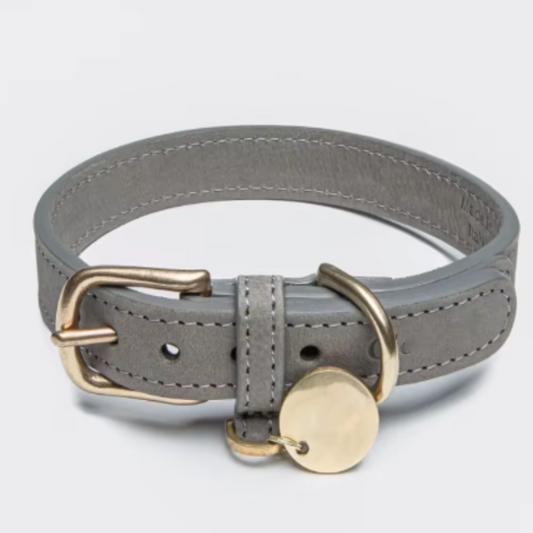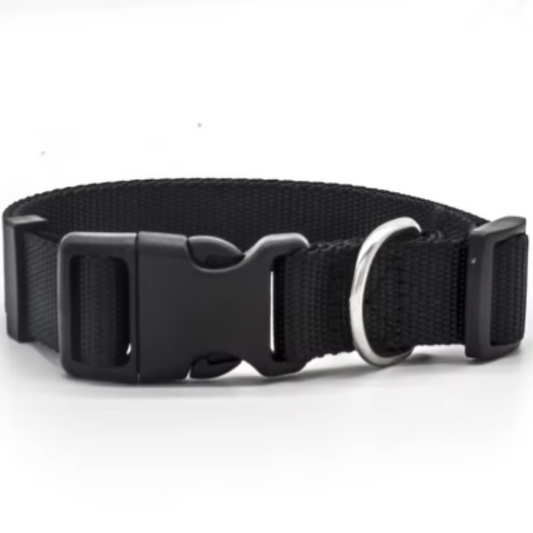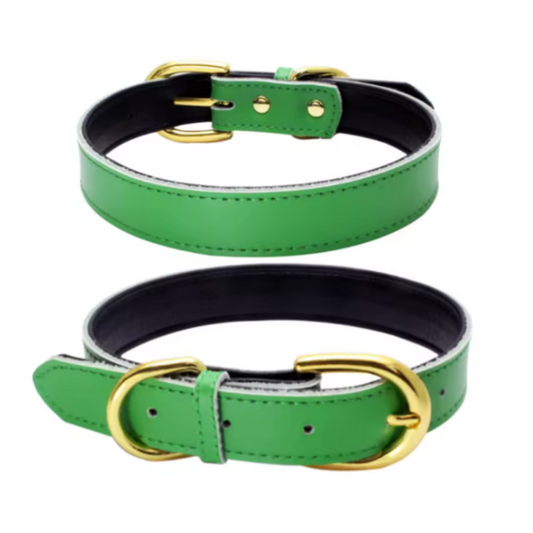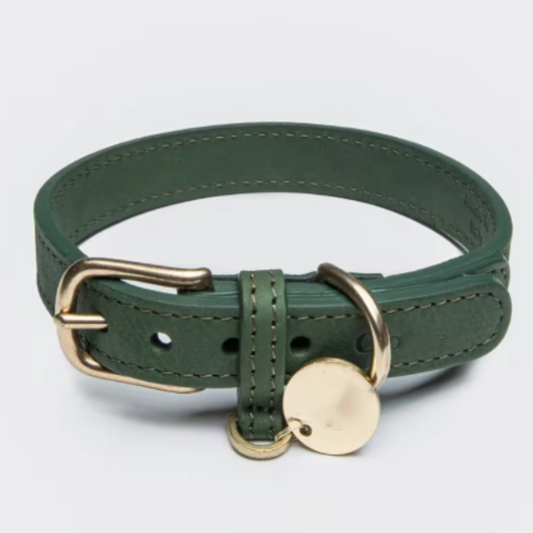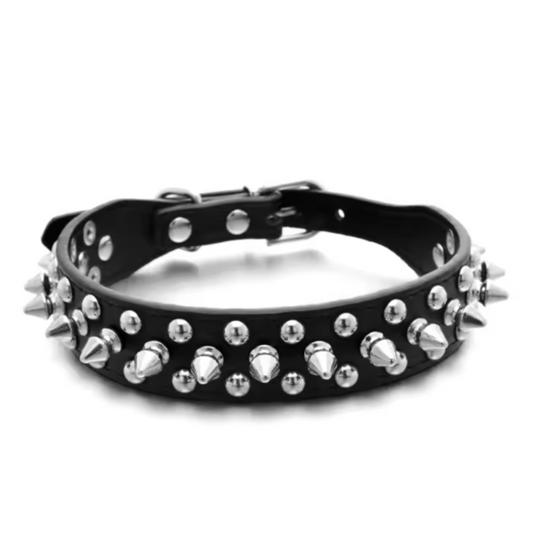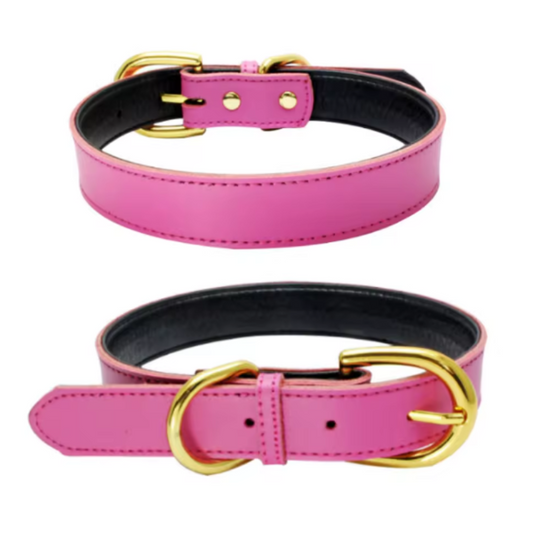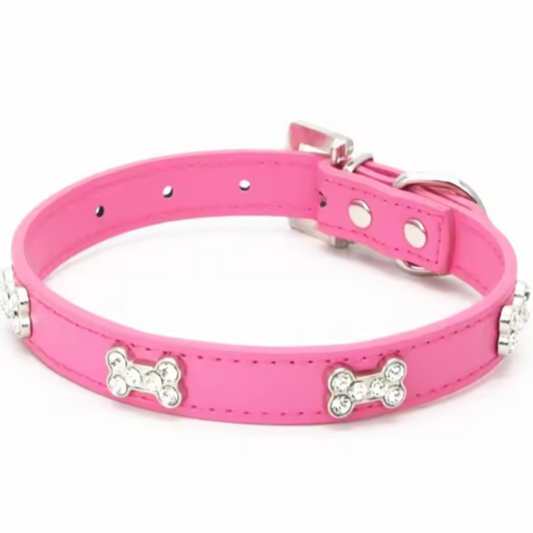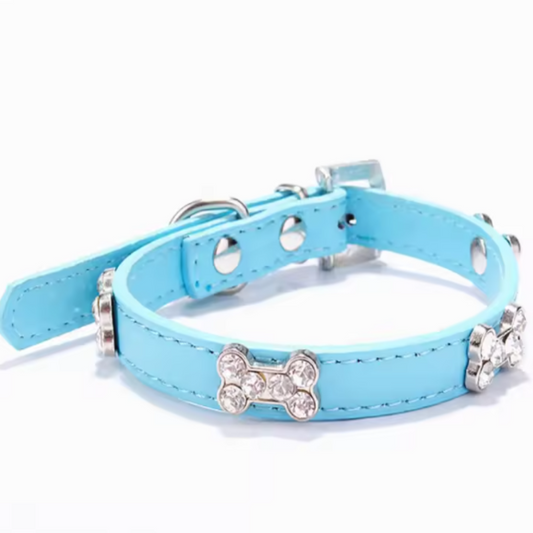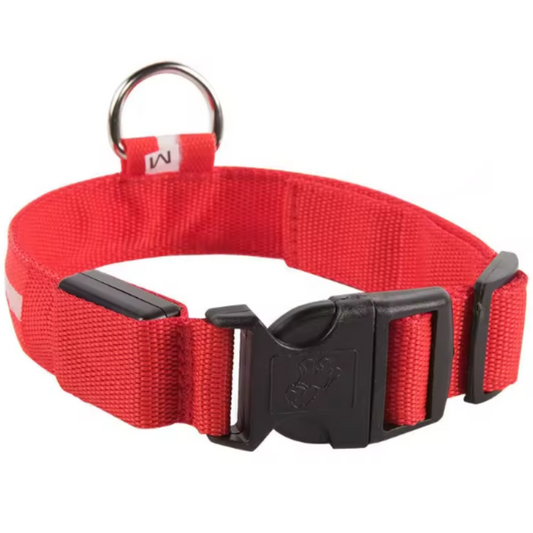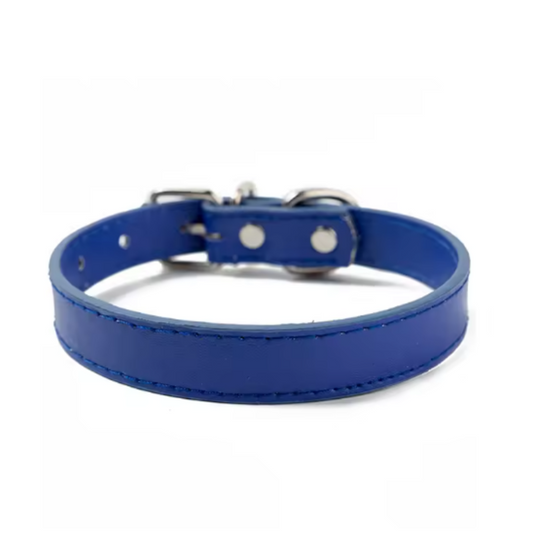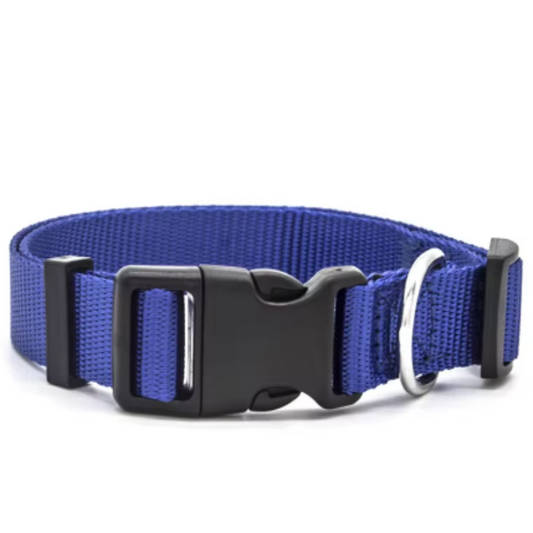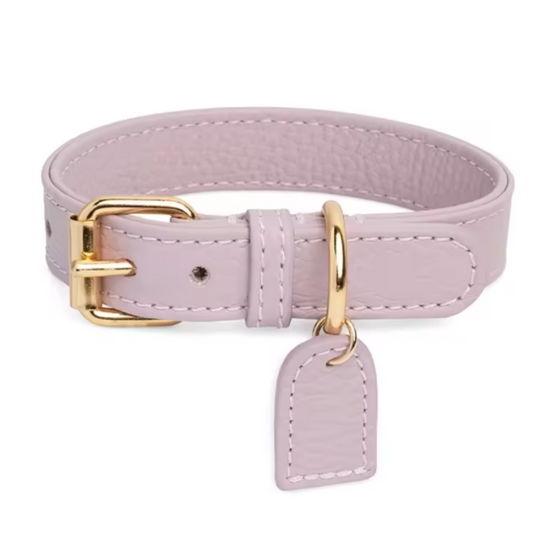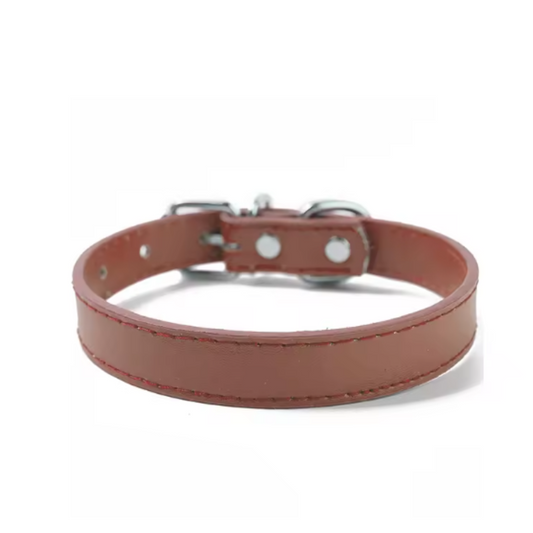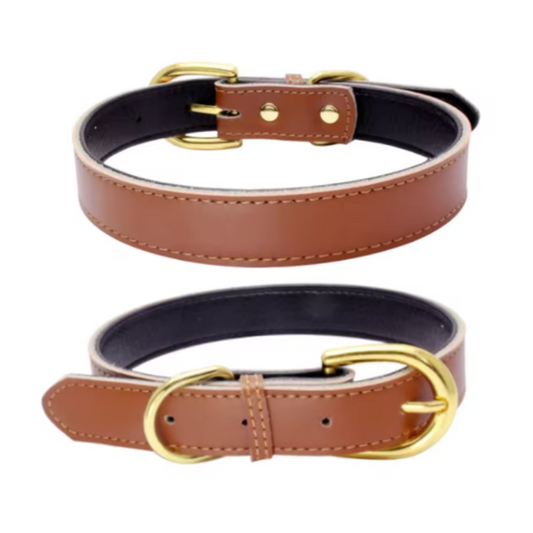Choosing the right collar for your puppy is important for their comfort, safety, and training. Since puppies grow quickly, it’s important to pick a collar that fits well and adjusts as they get bigger. This guide will help you understand how to measure your puppy’s neck, select the best collar, and use it to make training easier and more fun.
How to Measure Your Puppy’s Neck For A Puppy Collar
Start by measuring your puppy’s neck to find the right collar size. Use a soft tape measure and wrap it around their neck where the collar will sit. The collar should fit snugly but not too tight — you should be able to fit two fingers comfortably between the collar and your puppy’s neck. This gives enough room for comfort and growth, so the collar isn’t too loose or too tight.
As your puppy grows fast, it’s a good idea to check the collar fit often and adjust or replace it if needed.
Why Adjustable Collars Are Best for Puppies
Because puppies grow so quickly, adjustable collars are the easiest choice. These collars let you change the size as your puppy’s neck grows. That means you won’t have to buy a new collar every few weeks, saving you money and hassle.
Our adjustable collars are made from strong but light materials like nylon or soft leather. These materials keep your puppy comfortable without adding extra weight or pressure on their neck. Whether you have a tiny Chihuahua or a large Labrador, there’s an adjustable collar perfect for your puppy.
When to Start Using a Puppy Collar
You can start introducing a collar to your puppy as early as eight weeks old. This helps them get used to wearing it from a young age. For some breeds, like Bulldogs or Pugs, a harness might be better because of their shape. But for most puppies, a collar is a great first step for training.
Easy Collar Training Tips
Start collar training indoors before going outside. Attach the leash to your puppy’s collar while playing or giving treats. This helps your puppy feel happy and safe with the collar and leash.
Here are some quick tips:
-
Use treats and praise: Reward your puppy whenever they wear their collar without fuss.
-
Practice short walks indoors: Help your puppy get used to walking with the collar and leash in a safe space.
-
Lead with confidence: Teach your puppy to walk beside or behind you. This sets you as the leader and makes training smoother.
Obedience Training and Puppy Collar
Once your puppy has had all their vaccinations, usually around 3 to 6 months, you can take training outside. Use the collar to help teach basic commands like “sit,” “stay,” and “come.” Be patient and consistent—repeat commands gently and reward good behavior.
Picking the Best Collar Material
Choose collars made from soft, durable materials. Nylon and leather are common and comfortable. Another great option is PVC, which repels dirt and odors and is easy to clean by hand.
For puppies, collars with plain metal buckles are best because they are secure. Quick-release buckles might open accidentally, so it’s safer to pick collars with strong metal buckles for your growing puppy.
If you buy a collar slightly larger than your puppy’s current size, you can punch new holes as they grow. This helps avoid buying new collars too often.
Making Collar Training Fun and Safe
Collar training should be a positive experience. Use treats like small pieces of boiled chicken or your puppy’s favorite toy as rewards. Avoid pulling hard on the leash—gentle tugs and encouragement work best.
Start with short walks and increase time slowly. Puppies, like children, need time to get used to new routines and gear.
Building a Strong Bond with Your Puppy
A well-fitted collar helps keep your puppy safe and comfortable. More importantly, it’s a key part of training that builds trust and respect between you and your puppy. By starting early and staying consistent, you’ll help your puppy become a happy, well-behaved dog who loves to walk by your side.

